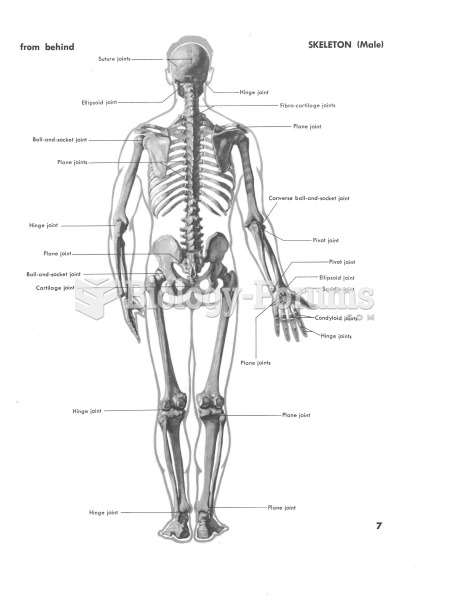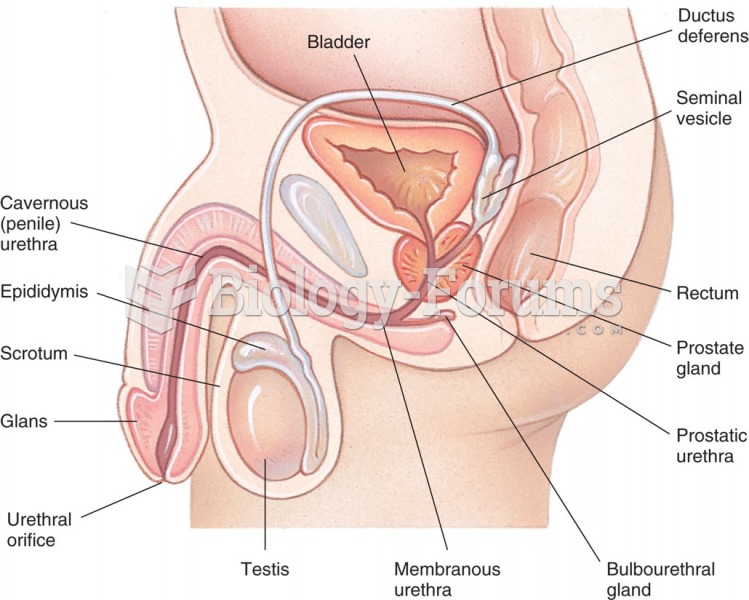Answer to Question 1
B
Patients with underlying chronic conditions are at risk for skin breakdown and other hazards of immobility and as a result require more frequent position changes. A patient with severe kyphosis cannot lie supine or is unable to lift an object safely because the center of gravity is not aligned. Cluttered hallways and bedside areas increase the patient's risk for falling. Dehydration or edema may require more frequent position changes because patients are prone to skin breakdown.
Answer to Question 2
A
In addition to standard precautions, use contact precautions for patients known or suspected to have serious illnesses easily transmitted by direct patient contact or by contact with items in the patient's environment. Examples of such illnesses include gastrointestinal, respiratory, skin, or wound infection and colonization with multidrug-resistant bacteria judged by the infection control program as follows: (1) enteric with a low infectious dose or prolonged environmental survival, including Clostridium difficile, Escherichia coli, Shigella, hepatitis A, or rotavirus; or (2) skin infections that are highly contagious or that may occur on dry skin. Standard precautions apply to blood, all body fluids, secretions, excretions, nonintact skin, and mucous membranes. Patients who may be infected by pathogens that can be spread through direct patient contact may need more. The patient is not exhibiting signs of infection/colonization by pathogens that can be spread via the airborne route. In addition to standard precautions, use airborne precautions for patients known or suspected to have serious illnesses transmitted by airborne droplet nuclei. Examples of such illnesses include measles, varicella, and TB. The patient is not exhibiting signs of infection/colonization by pathogens that can be spread via large particle droplets. In addition to standard precautions, use droplet precautions for patients known or suspected to have serious illnesses transmitted by large particle droplets. Examples of such illnesses include invasive Haemophilus influenzae type b disease, pertussis, pneumonic plague, streptococcal pharyngitis, pneumonia, and scarlet fever in infants and young children, as well as mumps, parvovirus B19, and rubella.







